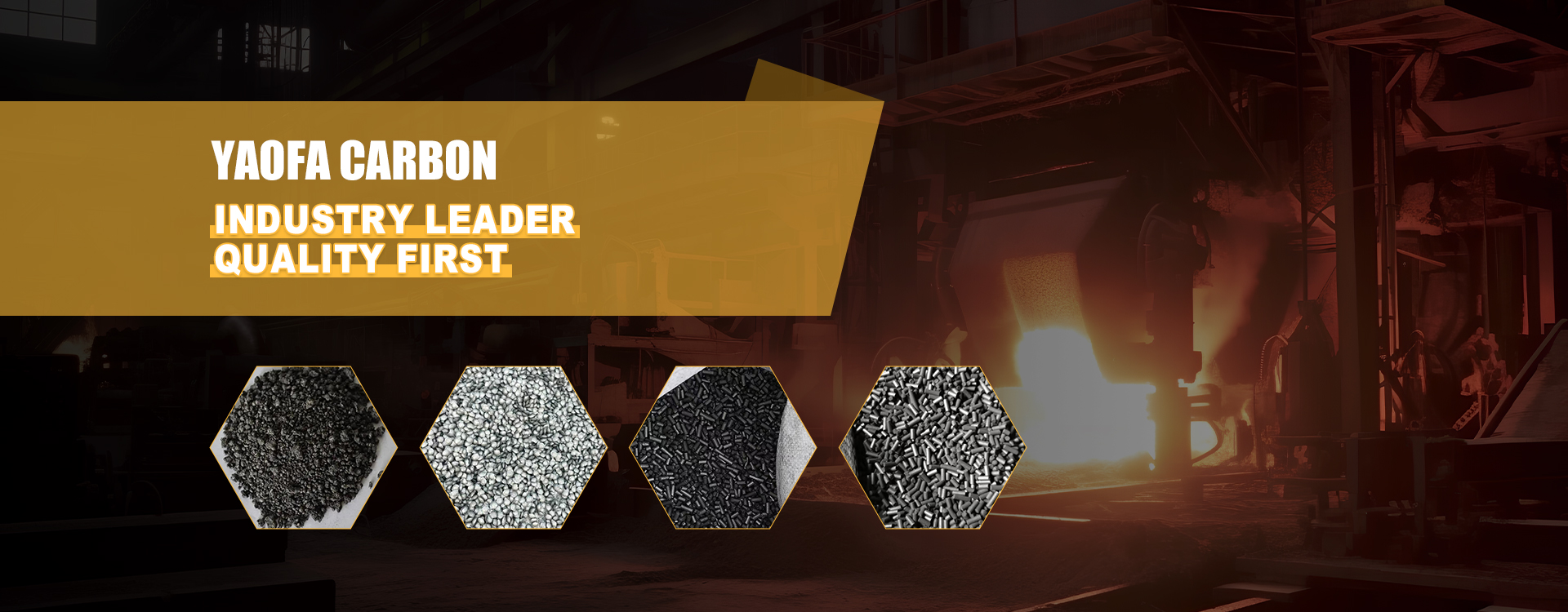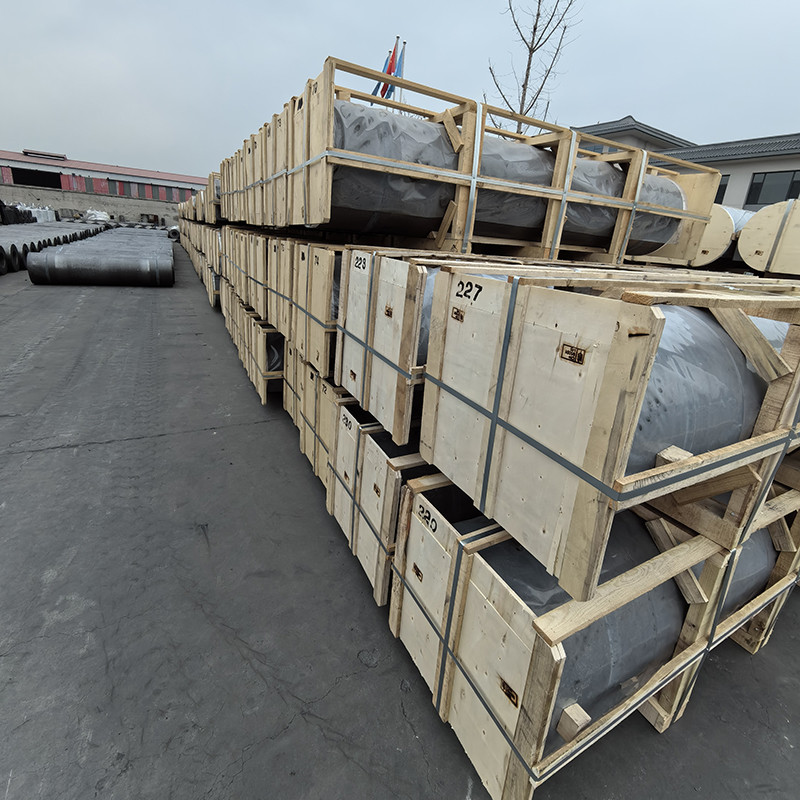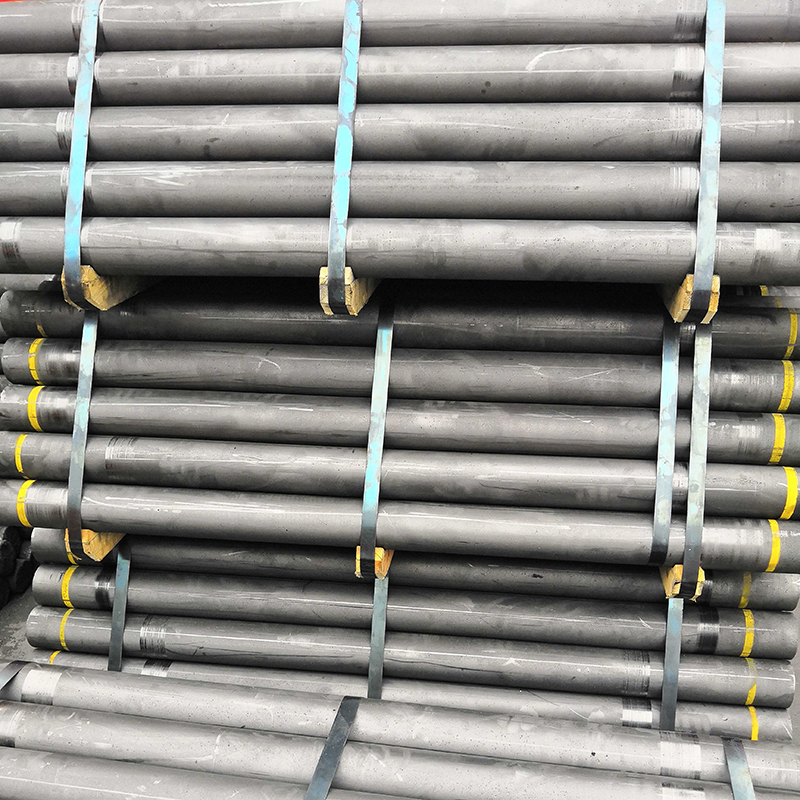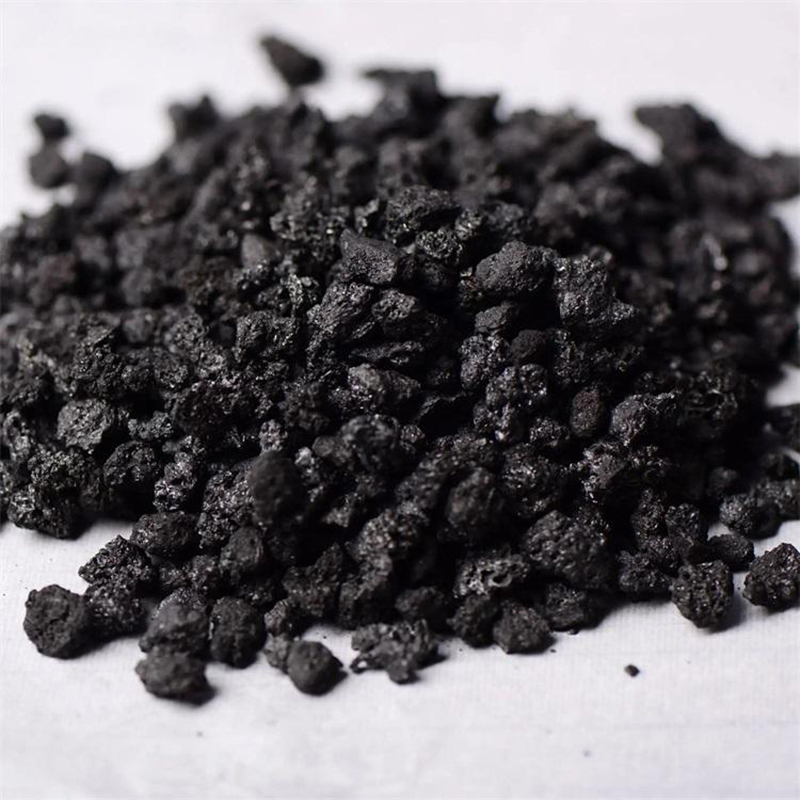- English
- Chinese
- French
- German
- Portuguese
- Spanish
- Russian
- Japanese
- Korean
- Arabic
- Irish
- Greek
- Turkish
- Italian
- Danish
- Romanian
- Indonesian
- Czech
- Afrikaans
- Swedish
- Polish
- Basque
- Catalan
- Esperanto
- Hindi
- Lao
- Albanian
- Amharic
- Armenian
- Azerbaijani
- Belarusian
- Bengali
- Bosnian
- Bulgarian
- Cebuano
- Corsican
- Croatian
- Dutch
- Estonian
- Filipino
- Finnish
- Frisian
- Galician
- Georgian
- Gujarati
- Haitian
- Hausa
- Hawaiian
- Hebrew
- Hmong
- Hungarian
- Icelandic
- Igbo
- Javanese
- Kannada
- Kazakh
- Khmer
- Kurdish
- Kyrgyz
- Latin
- Latvian
- Lithuanian
- Luxembou..
- Macedonian
- Malagasy
- Malay
- Malayalam
- Maltese
- Maori
- Marathi
- Mongolian
- Burmese
- Nepali
- Norwegian
- Pashto
- Persian
- Punjabi
- Serbian
- Sesotho
- Sinhala
- Slovak
- Slovenian
- Somali
- Samoan
- Scots Gaelic
- Shona
- Sindhi
- Sundanese
- Swahili
- Tajik
- Tamil
- Telugu
- Thai
- Ukrainian
- Urdu
- Uzbek
- Vietnamese
- Welsh
- Xhosa
- Yiddish
- Yoruba
- Zulu
- Kinyarwanda
- Tatar
- Oriya
- Turkmen
- Uyghur

graphite plate price
Understanding the Fluctuations in Graphite Plate Prices
Graphite plate prices often perplex industry newcomers and veterans alike. Factors influencing costs range from raw material scarcity to geopolitical tensions. This article dives into the nuances of the market, drawing from practical insights and firsthand experiences.
Market Dynamics: The Core Factors
There's a common misunderstanding that simply sourcing cheaper materials can bring down graphite plate prices. From my experience, it's more complex than that. The provenance of the raw graphite, the refining process, and even the geopolitical stability of the graphite-producing regions, like parts of China, all play a critical role.
I recall a time when we witnessed a sudden spike in prices due to a temporary closure of key graphite mines. No amount of negotiation could change the basic fact that supply had shrunk significantly. Companies, including Hebei Yaofa Carbon Co., Ltd., often had to adapt by shifting their sourcing strategy or passing some cost to clients.
Another element to consider is the manufacturing process itself. Not all graphite is created equal. The refining and shaping processes are labor-intensive and require a delicate balance of expertise and technology, contributing to the final price.
Supply Chain Influences: Beyond Raw Material
Beyond the raw material, another significant price driver is logistics. Taking insights from Hebei Yaofa Carbon Co., Ltd., which you can find more about at their website, efficient transport methods can make a considerable difference. Bad weather or unstable political conditions can disrupt transportation, affecting delivery timelines and increasing shipping costs.
I recall one instance when a port strike led to delays of weeks, pushing up costs due to storage fees and missed deadlines. In such scenarios, companies often have to grapple with balancing cost absorption and transferring some burden onto the client.
Also, currency exchange rates can quickly make pricing calculations tricky. Contracts often need clauses to address such fluctuations, especially when dealing internationally.
Technological Advances: A Double-Edged Sword
The role of technology in graphite production can’t be overstated. Innovative techniques can reduce waste and enhance product quality, potentially lowering graphite plate prices. However, implementing these technologies involves initial costs that some companies find hard to swallow.
Hebei Yaofa Carbon Co., Ltd., with over two decades of manufacturing experience, understands this balance well. They have pooled resources into modernizing facilities while ensuring customer costs remain manageable. This is a delicate dance of innovation and cost management.
Yet, the transition is not always smooth. Integrating new tech often requires training staff and reconfiguring existing machinery, which can lead to temporary inefficiencies.
Quality Versus Cost: What Buyers Should Know
There's often a temptation to seek out the lowest price options, especially for bulk orders. But, as veterans will tell you, cheaper isn't always better. The quality of graphite plates can vary significantly from one supplier to another.
Hebei Yaofa Carbon Co., Ltd., for instance, specializes in both carbon additives and graphite products. Their longstanding presence in the market ensures a level of quality that fly-by-night operations can't match. We often advise clients that the long-term savings from quality assurance far outweigh short-term gains from cheaper products.
Quality also affects performance in practical applications. We've seen situations where opting for lower-grade plates resulted in increased breakage and subsequent replacement costs.
Future Trends: Keeping an Eye on the Horizon
Looking forward, the demand for graphite products is set to rise, given their application in emerging technologies like electric vehicles and renewable energy. This could push prices in unexpected directions.
At conferences, there's always buzz around how environmental regulations could impact production practices—and thus pricing. Companies might need to factor in additional costs for compliance with these new rules.
Ultimately, understanding these myriad factors helps not just in navigating current markets but also in preparing for future shifts. At Hebei Yaofa Carbon Co., Ltd., we keep a close eye on these trends, aiming to remain competitive yet uncompromising on quality.
Related products
Related products
Best selling products
Best selling productsRelated search
Related search- Ultra high power graphite electrode supplier
- Small-size graphite electrode
- black coal tar uses
- graphite plate suppliers
- 300mm graphite electrode manufacturer
- China Graphite electrode manufacturer
- Buy carbon graphite electrode
- top graphite electrode manufacturer
- graphite electrode spot price factory
- tempering a graphite crucible factory













